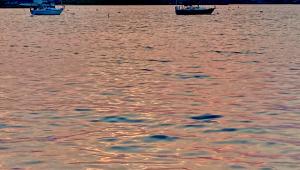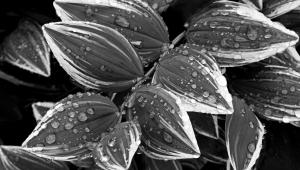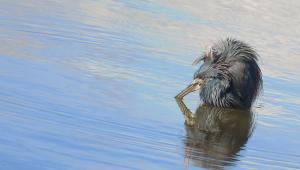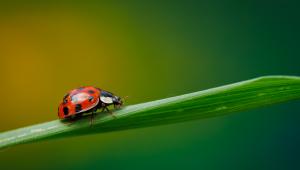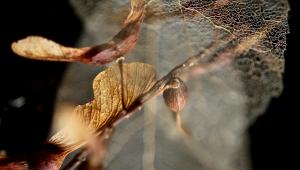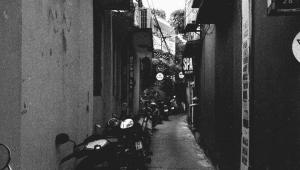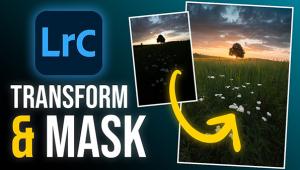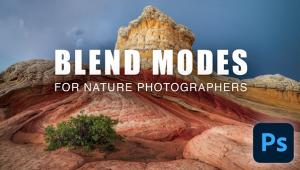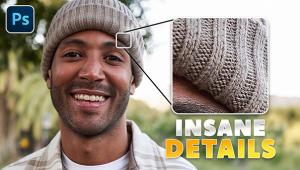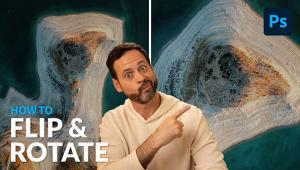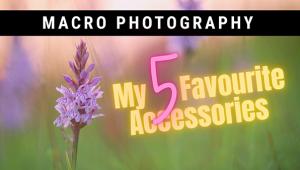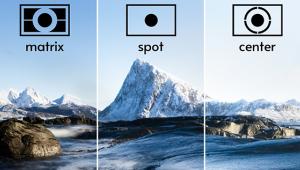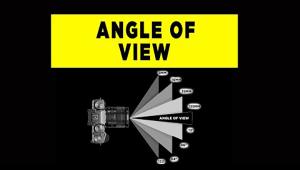Help!
Here Is A Quick Tip List On Letters For The Help Desk
Please confine yourself to only one question per letter. Both postal letters
and e-mails are fine, although we prefer e-mail as the most efficient form of
communication. Send your e-mail queries to editorial@shutterbug.com
with Help in the subject header and your return e-mail address at the end of
your message. Although we make every effort, we cannot promise to answer every
HELP! letter.
When sending a response or suggestion that refers to a published letter please
include the month and page of the original question.
All postal letters to HELP! must be accompanied by a stamped, self-addressed
envelope to be considered for reply. We will respond to e-mail queries with
an e-mail.
Sepia Minilab Prints
In your May 2006 HELP! column you asked for more information on printing "sepia"
images from black and white film onto color paper. Many minilabs have long offered
black and white printing onto color paper, made necessary by the customer's
use of chromogenic black and white films. Both Kodak and Ilford offered "bull's
eye" negatives and supplemental filters to achieve a neutral color balance.
Some films responded better than others, of course, and XP1 and XP2 were the
hardest to balance. On our analog printer we simply added 2R and 2Y to that
basic filter pack to achieve the sepia tone.
Several wedding photographers in our area really liked the effect. Of course,
this service would be available only at a lab with a real photographer at the
helm, not your local big-box discounter or mega-corner drugstore. We did this
with an analog, optical printer. Modern digital minilabs make this a "push
button" operation, so that the person running the lab should be able to
do it, "should" being the operative word. Not an archival process,
of course, but Kodak and Fuji advertise a 50-100 year life span for their RA-4
papers. In my 25 years in a retail lab, 99.9 percent of the customers opt for
quick and cheap. But that's a whole other can of worms.
Thomas Johns
via Internet
Thanks for your detailed comments and suggestions on how to make "sepia"
images from black and white film onto color paper. Your ideas were the best
of several supplied by other helpful readers of the HELP! column. The fact that
your wedding photographer clients like the sepia effect you achieved with this
filtration speaks well for the end results.
Another View On Sepia
I am responding to the question posed in the May 2006 issue about trying to
achieve a black and white sepia effect by using color paper. I don't think
that a sepia effect can be achieved by changing the color this way. You would
wind up with a black image on a color paper base, which would look entirely
different. If Mr. Fehr is doing his own printing, why not just do it the old-fashioned
way with sepia or one of the other toners?
John Widman
via Internet
I agree that actual sepia toning is undoubtedly the best method. If a darkroom
is not available to do-it-yourself, then having a lab do it via printing filtration
is the next best solution.
Odd Number Of Batteries
Q. I am in the market for a good Ni-MH battery charger, and read your June 2006
article "Charge Up Your Gear" with interest. However, you did not
answer a critical question, and I have spent over an hour on the web trying
to get answers in vain. The question is, which of the chargers has the ability
to charge an odd number of batteries? I have several appliances that take three
AA batteries. Most chargers I have seen will take only two or four batteries.
David Horn
via Internet
A. I just called my contact at HP Marketing, the firm that imports
and distributes the Ansmann brand of batteries and chargers, and posed your
question. They told me that their four-cell AA-size chargers (and I'm
sure this is the case with other brands as well) can be used to properly charge
one, two, three, or all four batteries at one time. So you should be able to
charge the exact number of rechargeable batteries you actually use each time.
Remount Research
Q. I give up! I need to remount over 1000 cardboard slides and I understand
the Wess Paper Slide Mount Opener would be the best tool to use for such a project.
I have tried Internet searches, eBay, etc. with no luck. I understand that Porter's
Camera Store and others used to sell them, but not any longer. This is the first
time I have written to the HELP! column and I would appreciate any tips, suggestions,
etc. on where I can find a safe and efficient tool for opening cardboard mounts.
I'm a long-time reader/subsubscriber to Shutterbug (20+ years) and have
enjoyed every issue.
Roy Robison
Shafer, MN
A. I checked with some friends who have extensive experience in slide
mounting and they told me that Wess products are no longer available. I guess
the rapid decline in use of slides and AV presentations in general has resulted
in little business today for firms selling slide-related products. These same
people suggested simply using an X-ACTO knife to split the edge of the cardboard
slide mount apart for easier opening. That's how I used to split open
cardboard mounts before remounting slides into glass mounts. Though possibly
not as easy to use as the Wess opener you seek, X-ACTO knives sure are readily
available at art supply stores. If a reader happens to have one of these Wess
openers (or something comparable) they no longer need to let me know.
Camerz Parts
Q. I bought a Camerz camera on eBay and it is similar to the one I use at work...but
different. I need a tripod and power box for it and would like to have a different
magazine. I was wondering if you had any information on it?
Lena Woods
via Internet
A. Have you contacted the firm that sells the Camerz cameras? They
are: Photo Control Corporation, 4800 Quebec Ave. N, Minneapolis, MN 55428; (800)
787-8078, (763) 537-3601; www.photo-control.com.
